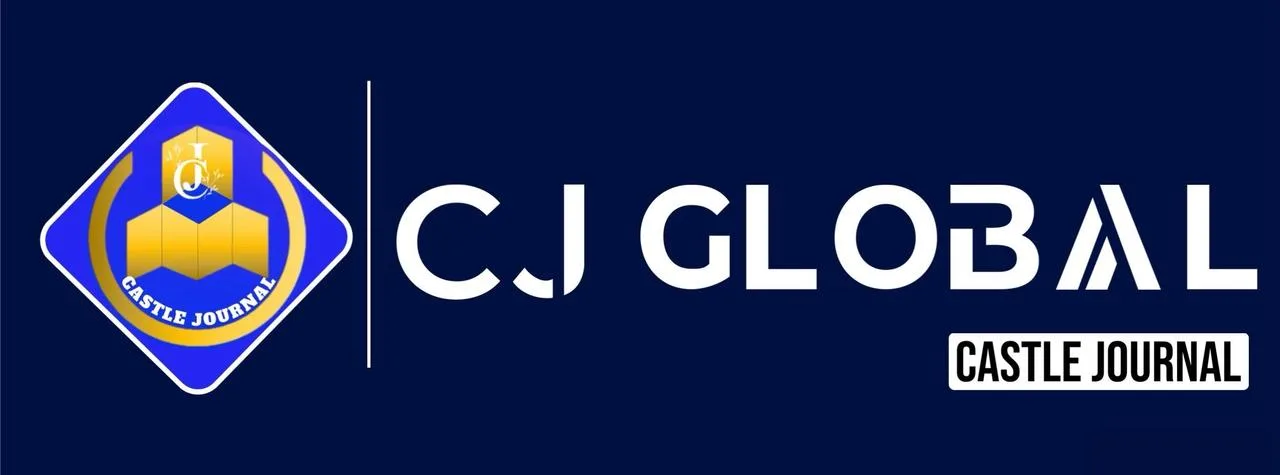Special Report: Conflict as Kingmaker of Corruption in the Middle East and Ukraine
London-UK
The latest global corruption assessments confirm a grim reality:
conflict and authoritarianism are the greatest accelerators of systemic corruption, turning state resources into private wealth while populations suffer.
A review of 2025 reports, including the latest Transparency International (TI) Corruption Perceptions Index (CPI), highlights two vastly different realities in regions facing conflict and instability:
the near-total capture of the state in war-torn Middle East nations and the high-stakes battle for institutional survival in Ukraine.
The Middle East: The Catastrophe of State Collapse
Corruption in the Middle East and North Africa (MENA) is described as deeply entrenched, with the region showing little to no overall progress.
The pattern is clearly bifurcated:
stable, high-income Gulf Cooperation Council (GCC) states are making notable strides, while conflict-ridden and fragile states are sinking to the bottom of global rankings.
1. Corruption Driven by Conflict and Authoritarianism
The CPI 2024 (released Feb 2025) highlights that the worst-scoring nations in the region are those consumed by long-term conflict, where the state structure has either collapsed or been fully captured by competing armed factions.
The Lowest Scorers:
Countries like Syria, Yemen, Libya, and Sudan are consistently ranked among the most corrupt in the world.
The Mechanism:
In these conflict zones, the economy is entirely informal and criminalized. Corruption involves the diversion of humanitarian aid, the theft of natural resources (oil, gas, precious metals), and the manipulation of currency and fuel subsidies by military and political elites.
Widespread bribery and embezzlement exacerbate already severe food and water shortages for tens of millions.
Authoritarian Shield:
TI analysis points out that the lack of accountability is often shielded by a concentration of power in authoritarian leaders, who use their absolute authority to prevent meaningful anti-corruption reforms and suppress activists and journalists.
2. The Gulf Exception: Digitalization and Improvement
Conversely, several Gulf states showed improvement, largely attributed to digitalization and economic diversification efforts.
Top Regional Scorers:
UAE (68), Qatar (59), and Saudi Arabia (59) are the regional leaders.
The Strategy:
These nations are investing heavily in e-governance and digitalization, which streamlines public administration and procurement, reducing the opportunities for human discretion and petty bribery.
This push for transparency, often driven by the desire to attract Foreign Direct Investment (FDI) and diversify away from oil, is showing positive results in the perceived ease of doing business.
Ukraine:
A Fight for Institutional Independence
In Ukraine, the corruption narrative is not one of state collapse, but one of a high-stakes internal struggle between reformists and powerful entrenched interests, often played out against the backdrop of war and massive international aid.
1. Scandal and Resilience Under Fire
Despite the existential threat of Russia’s aggression, Ukraine’s independent anti-corruption agencies are proving to be remarkably resilient and active.
High-Profile Probes:
Reports from late 2025 revealed the country’s biggest corruption scandal under President Zelenskyy’s presidency, involving associates close to him who allegedly plotted to skim an estimated $100 million from the state nuclear energy company, Energoatom.
The scandal forced the resignations of ministers and demonstrated that the National Anti-Corruption Bureau (NABU) and the Special Anti-Corruption Prosecutor’s Office (SAPO) are willing to pursue high-level targets.
Wartime Corruption as “Murder”:
There is a strong public perception that corruption during wartime is akin to treason, as stolen resources divert critical supplies and funds away from the frontline, putting soldiers’ lives at risk (as seen in the earlier theft of funds meant for artillery shells).
2. The EU Path vs. Procedural Abuse
Ukraine’s anti-corruption infrastructure is under immense internal pressure, often from the political system itself.
EU Accession Leverage:
Ukraine’s progress in fighting corruption is a mandatory condition for its EU membership application.
The European Commission’s 2025 Report acknowledged Ukraine’s “remarkable commitment” but expressed “concern” over the fragile nature of its anti-corruption framework.
The Battle for Independence:
Experts highlighted attempts by Parliament and political elites to compromise the independence of NABU and SAPO through legislation, raising alarm bells internationally.
The main challenge is not just the corruption itself, but the use of procedural abuse (such as excessive appeals or delaying tactics) to slow down or close high-profile cases before the statute of limitations expires.
Oversight in Reconstruction:
Organizations like the World Bank and IMF, which are crucial for financing Ukraine’s reconstruction (estimated at over $500 billion), are demanding that the independence and effectiveness of these anti-corruption institutions be protected to prevent the future aid funds from being pilfered.
In both regions, corruption acts as a destabilizing force, but while the Middle Eastern conflict zones show a systemic breakdown, Ukraine presents a complex, if often alarming, picture of a state actively, and publicly, fighting to safeguard its future financial integrity even as it fights for its territorial survival.
